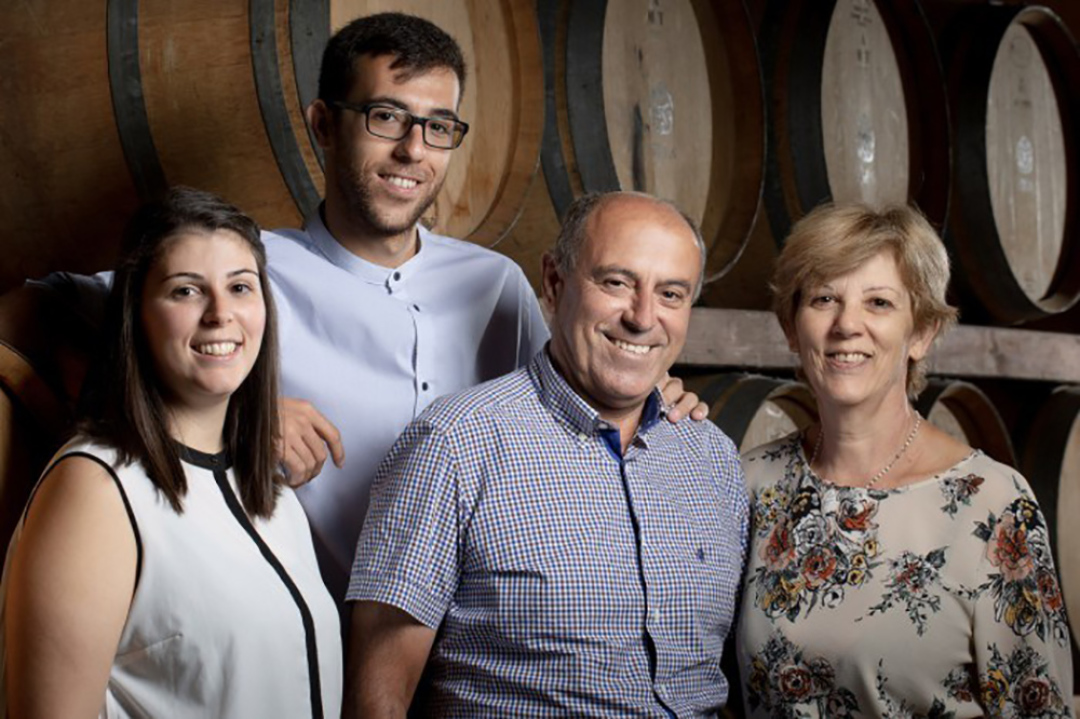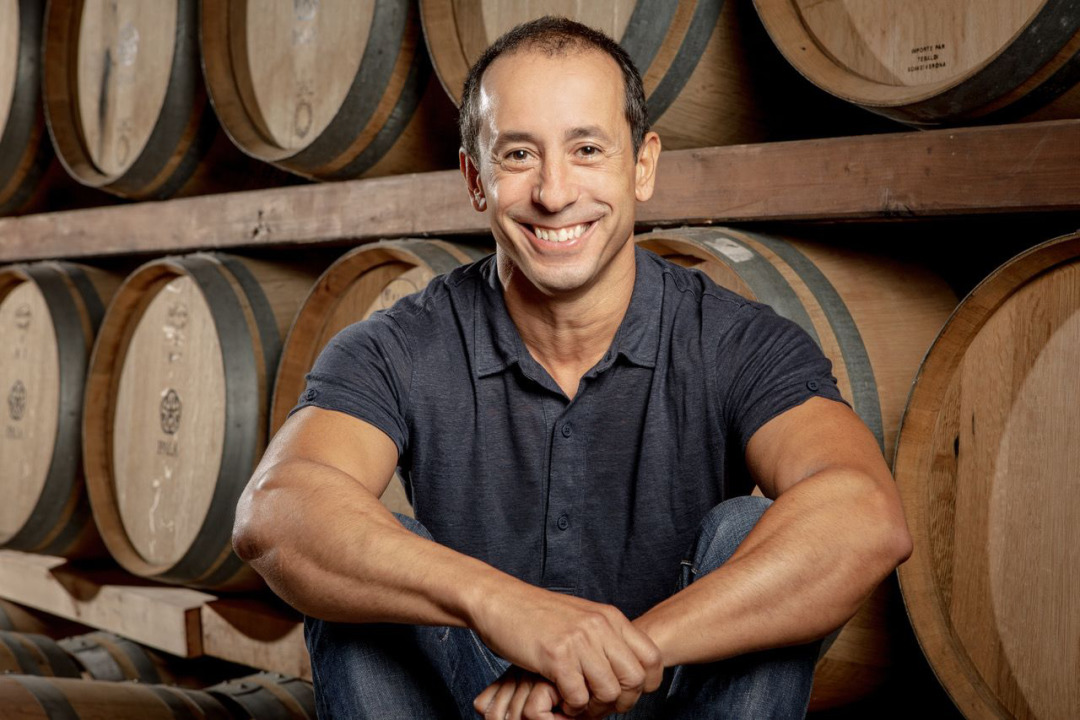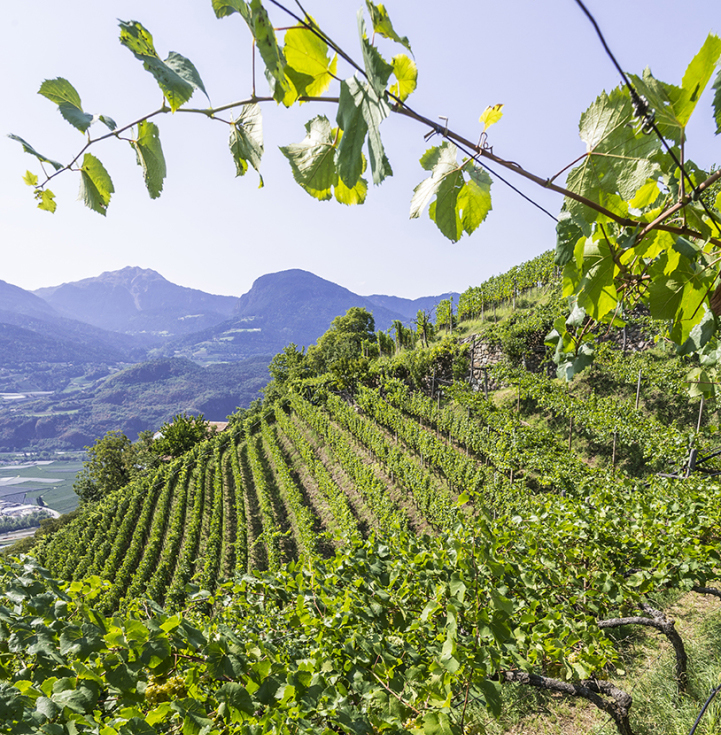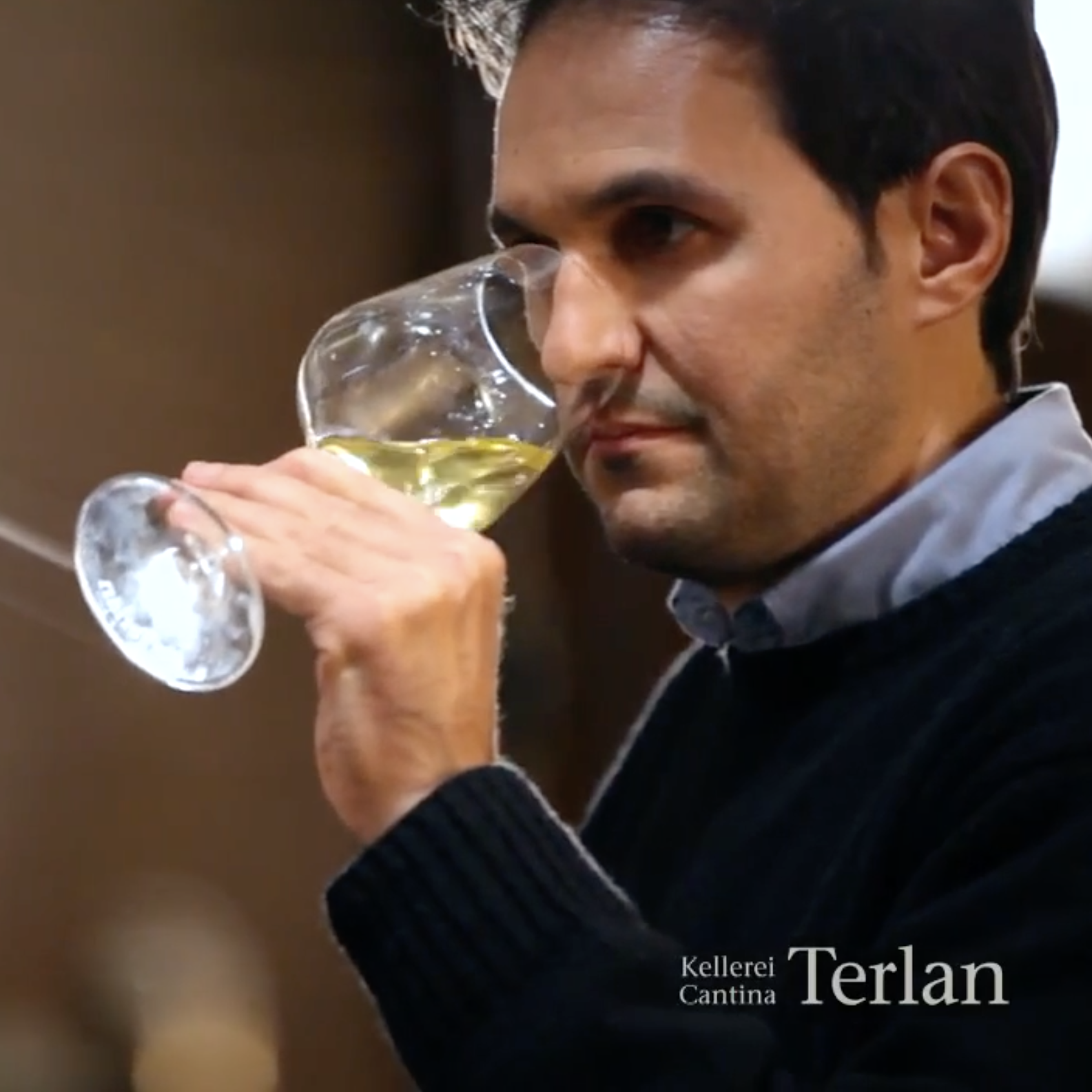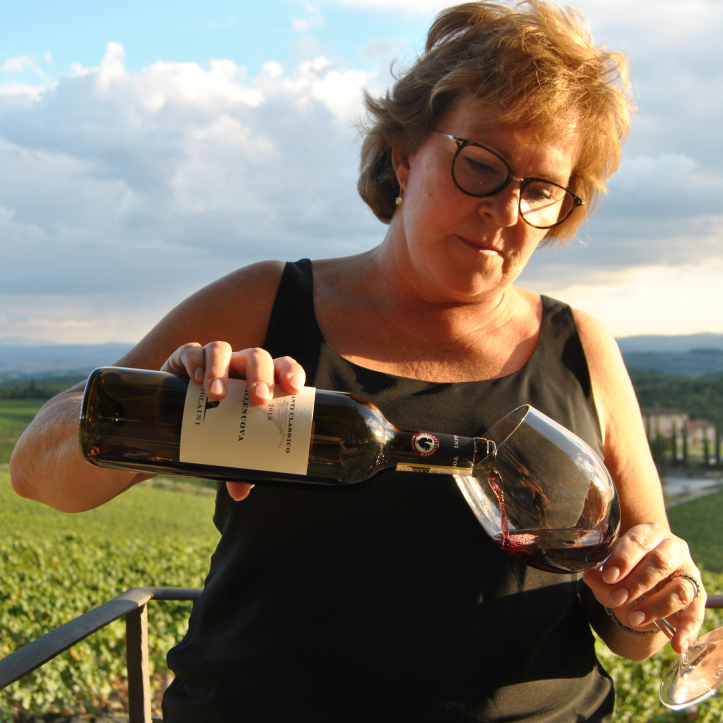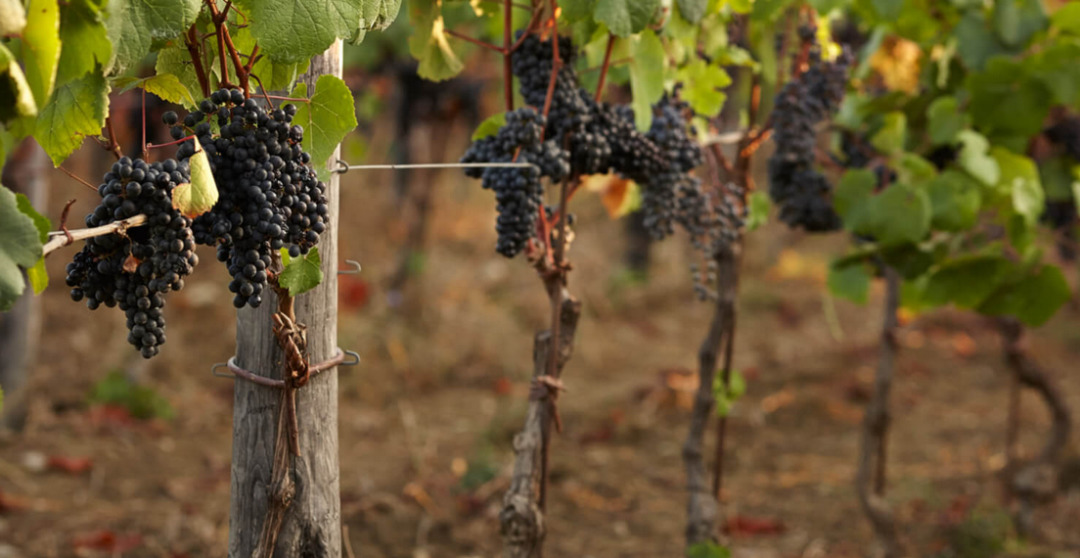Please note: in partnership with Serendipity, the following Banville wines are available in California.
San Salvatore 1988
Now more than ever many of us have gotten used to replacing long trips abroad with short trips to the wine shop. It may not be a luxury-studded trip to the Amalfi Coast, but there are wines that are so graspable, so redolent of the land from which they sprouted and struggled that they might as well be “ambassadors to the world of this place.” Such are the wines (and words) of San Salvatore’s Giuseppe Pagano, who’s been operating his family-owned winery in the heart of Campania since 2006.
San Salvatore is situated in Cilento National Park, located right around where the tongue of the Italian boot would be in an area laced with wine antiquity. With holdings in both IGP Paestum and IGP Campania, the land boasts a high level of biodiversity characterized by their prized 500-head herd of Bufala. The Italian water buffalo are flanked by rare, local varieties that have been grown in the region since ancient times: Falanghina, Fiano, Greco and Aglianico. Giuseppe has been a vocal proponent of these grapes which are grown Biodynamically across his vineyards. And if these varieties are new to you, here are two food-friendly bottles you have to try:
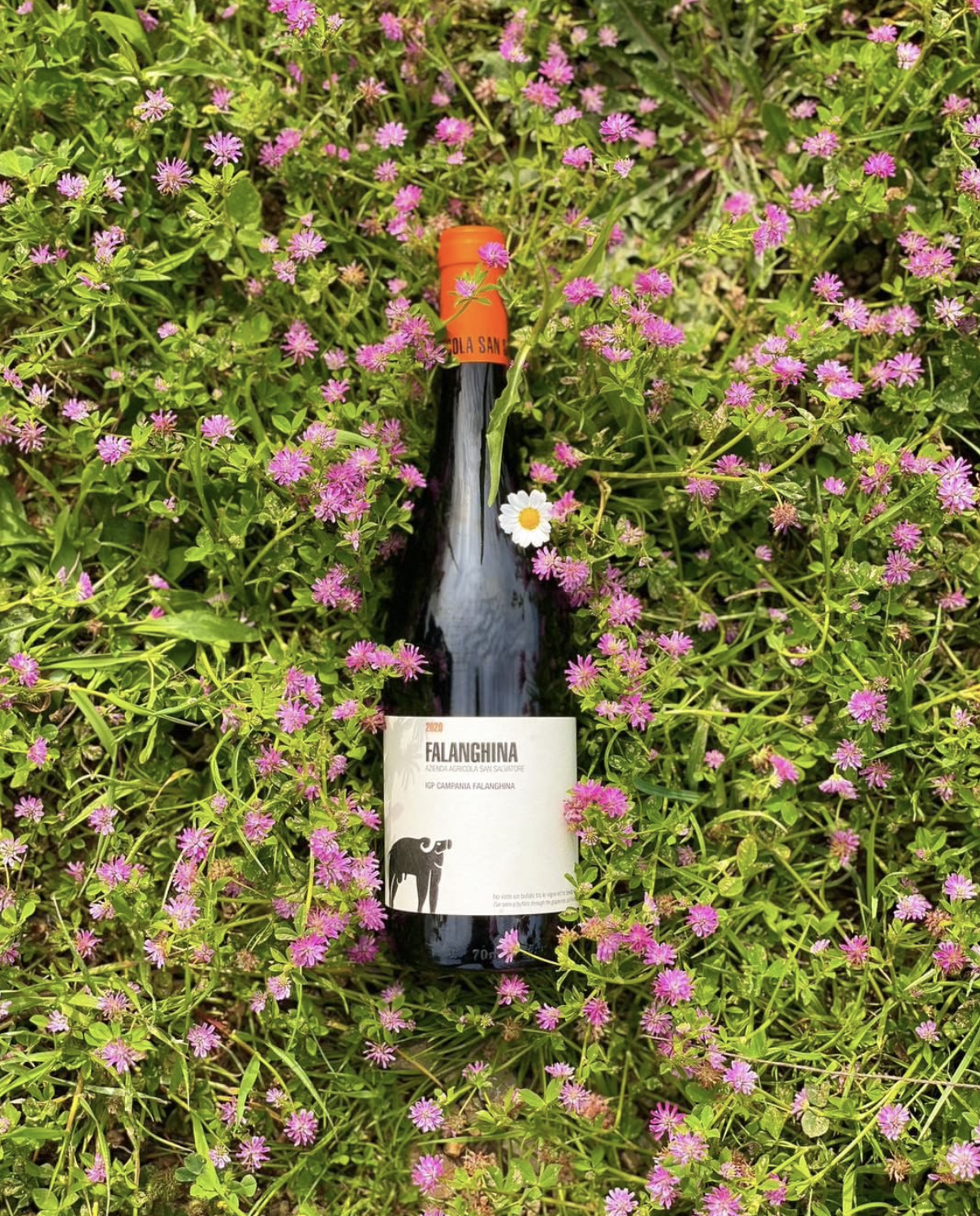
Pala – “Semplicemente Wine Life”
Our next stop takes us to Sardinia— an island whose isolation on the Mediterranean enjoys a rich amalgam of Spanish, Savoy, and indigenous influences. This micro-continent calls to mind images of pastel painted neighborhoods, seaside ruins, and the Emerald Coast. But if you asked Mario Pala, second-generation owner of Pala wines, what the true story is behind Sardinia, he’d probably answer something like “Vermentino, Nuragus, Monica, & Cannonau.”
